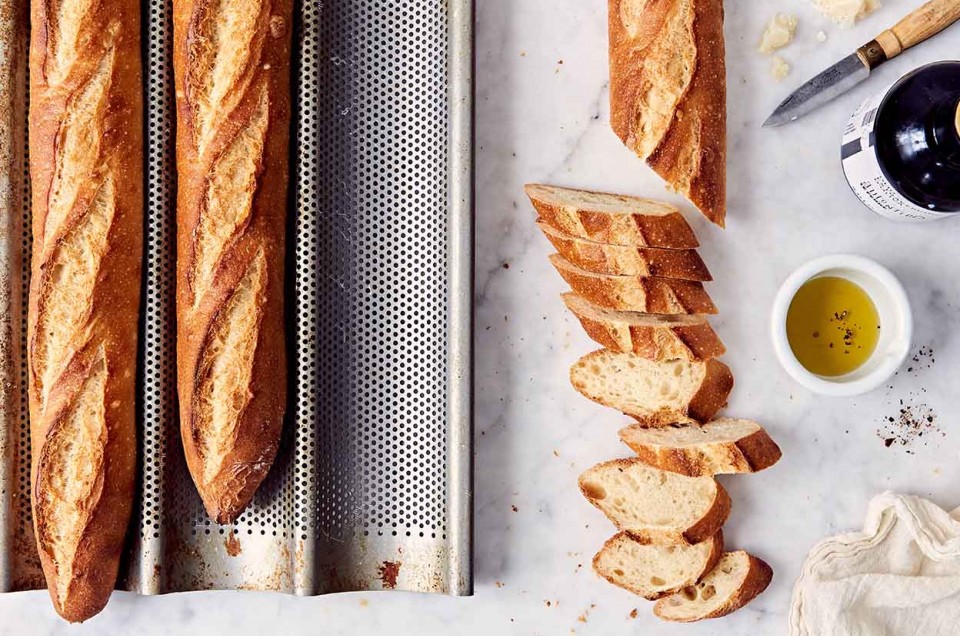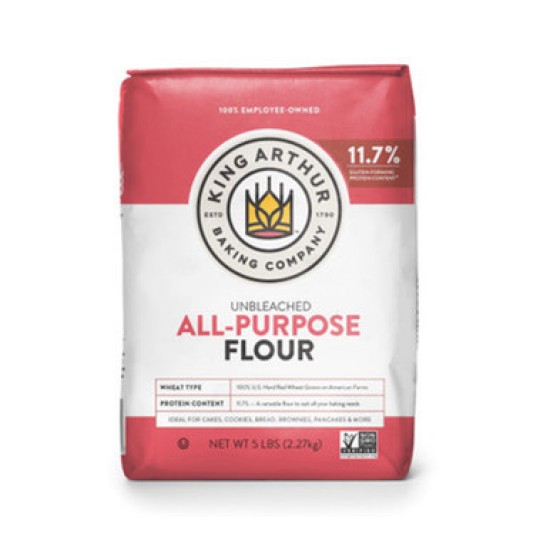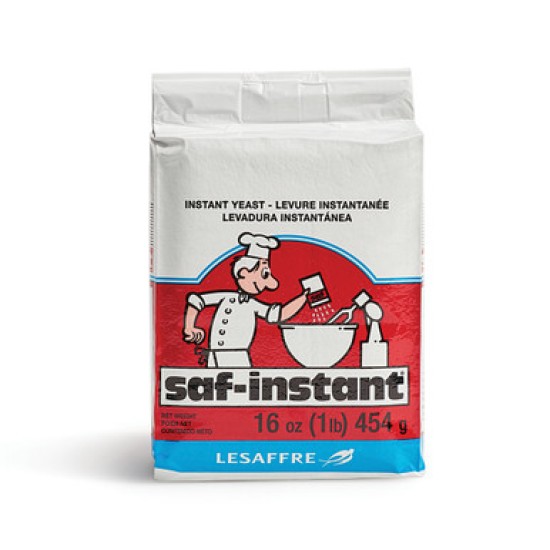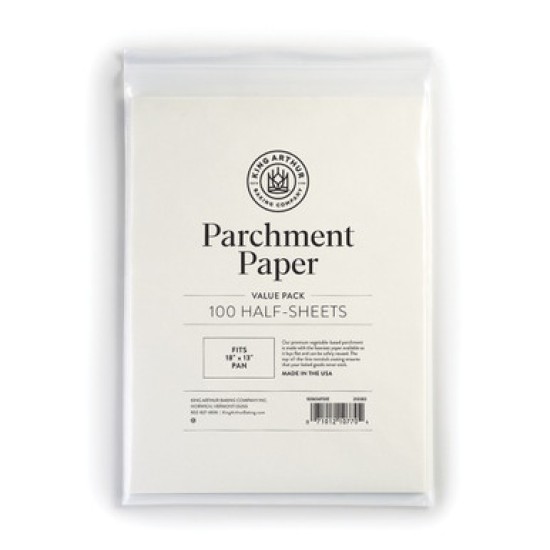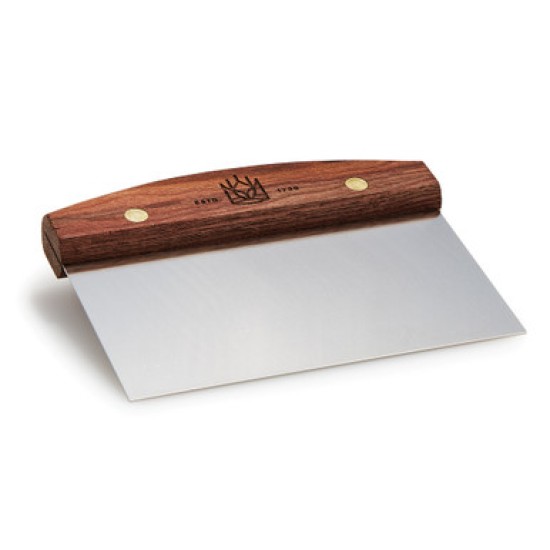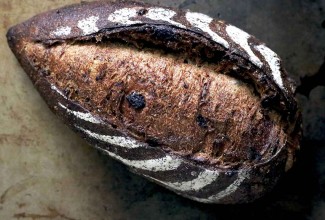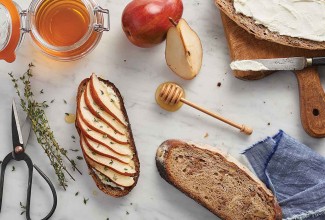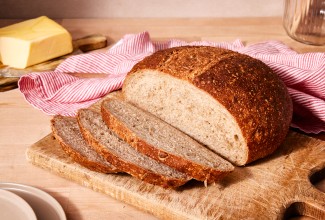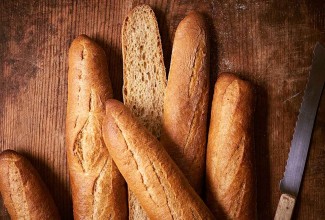-
To make the starter: Weigh your flour; or measure it by gently spooning it into a cup, then sweeping off any excess.
-
Combine the flour, water, and yeast; mix until well-blended. Let the poolish rise, covered, at cool room temperature for 12 to 24 hours. It should dome slightly on top, and look aerated and bubbly. Try to catch it before it starts to fall, as it will be at its optimum flavor and vigor when it's at its highest point.
-
Mixer method: Place the flour, yeast and salt in the bowl of your mixer. Pour some of the water around the edges of the starter in its container to loosen it. Pour the starter and water onto the flour. Using the flat beater paddle, mix the dough on low speed for 3 minutes, adding more flour or water if necessary to bring the dough together. The dough should look a little sticky, but should clean the sides of the bowl. Switch to the dough hook, knead for 4 minutes, cleaning the dough from the hook at the 2-minute mark.
-
Bread machine method: Place the flour, yeast and salt in the bucket of your bread machine. Pour some of the water around the edges of the poolish in its container to loosen it. Pour the poolish and water onto the flour. Program the machine for dough and press Start. Check the dough after about 10 minutes of kneading; add more flour or water if needed to create a sticky dough.
-
To mix by hand: In a large bowl, combine the dough ingredients with the poolish. Stir until the dough begins to come together. Oil your hands and use a dough scraper to knead the dough right in the bowl - this will help knead the dough without adding too much flour.
-
Transfer the dough to a lightly oiled bowl (or oil your mixer bowl, and leave it in there). Cover the bowl, and let the dough rise for 2 hours, folding it over after the first hour (or more frequently, if the dough is very slack or wet; this folding helps strengthen the gluten).
-
Divide the dough into three pieces and gently pre-form it into rough logs. Let it rest for 20 minutes, and then shape it into baguettes. Proof the baguettes, covered, on your baguette pan until they're puffy looking, 30 to 40 minutes.
-
Preheat your oven (and your baking stone, if you have one) to 450°F. Just before putting the loaves into the oven, slash the tops several times. Hold your knife at a 45° angle to the dough's surface, and slice quickly and decisively, about 1/2" deep. Spritz the loaves with water and place them in the oven. For extra-crusty baguettes, see "tips," below.
-
Bake the loaves for 20 to 25 minutes. Remove the loaves from the oven when they're a deep, golden brown, and transfer them to a rack to cool.
